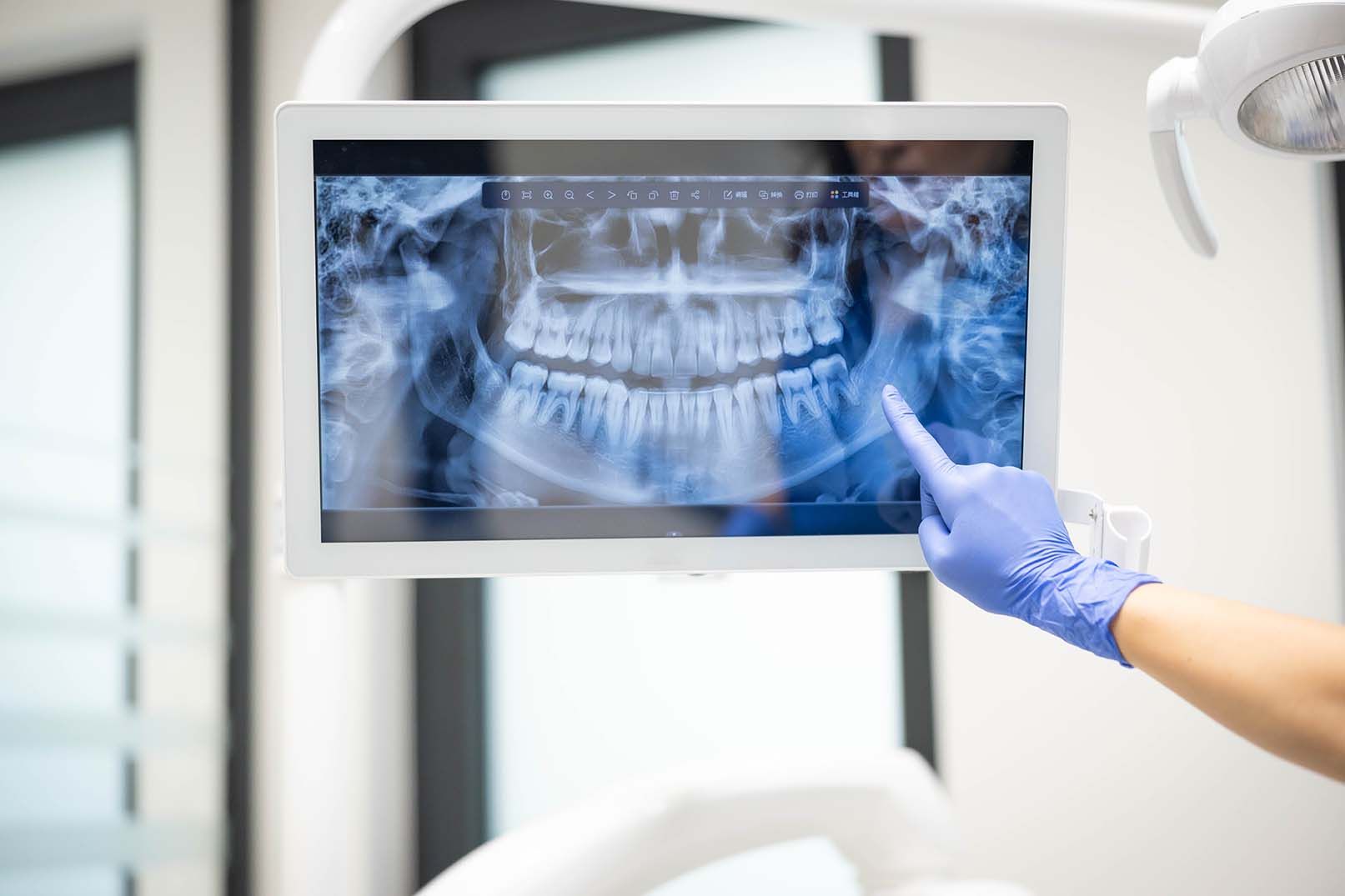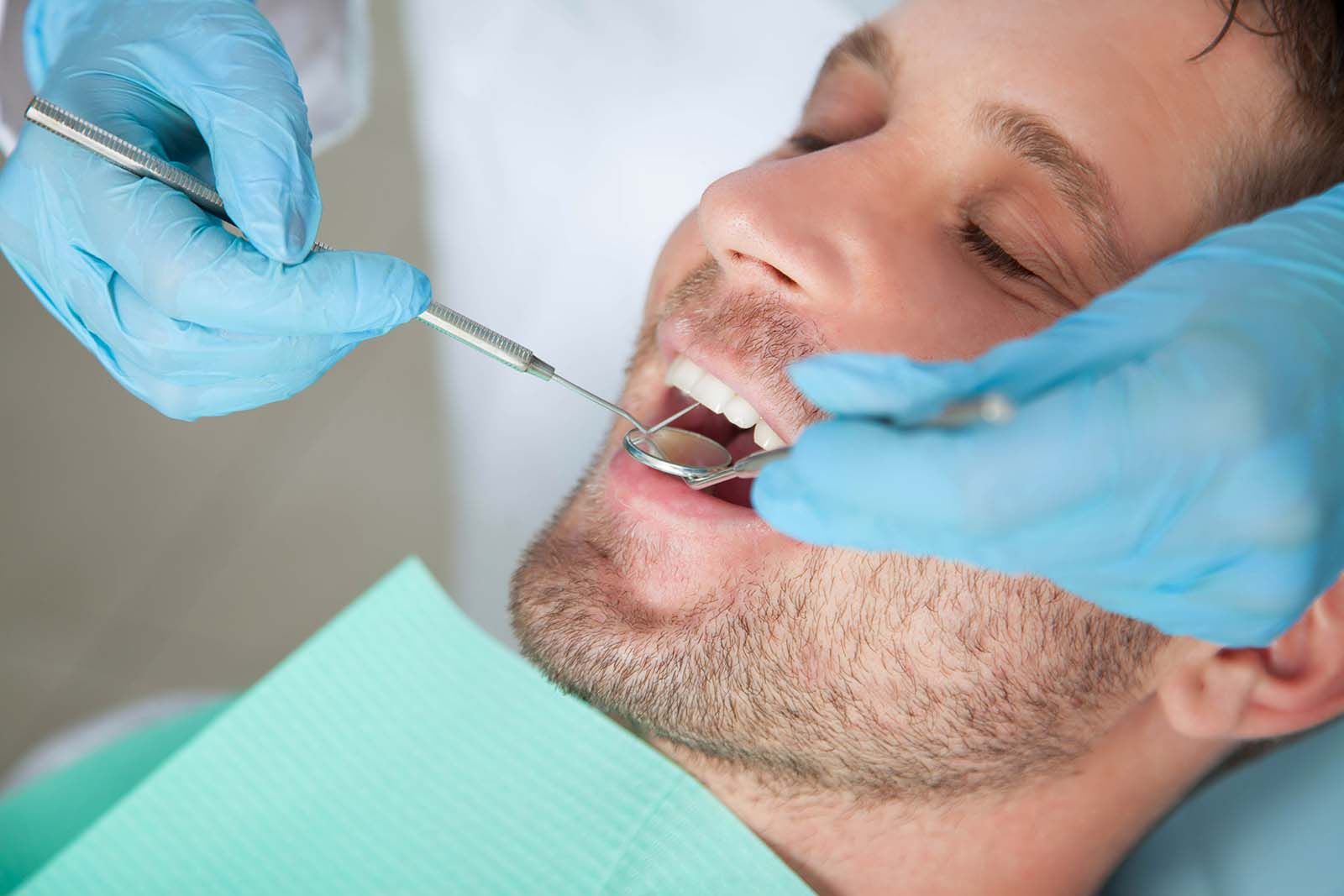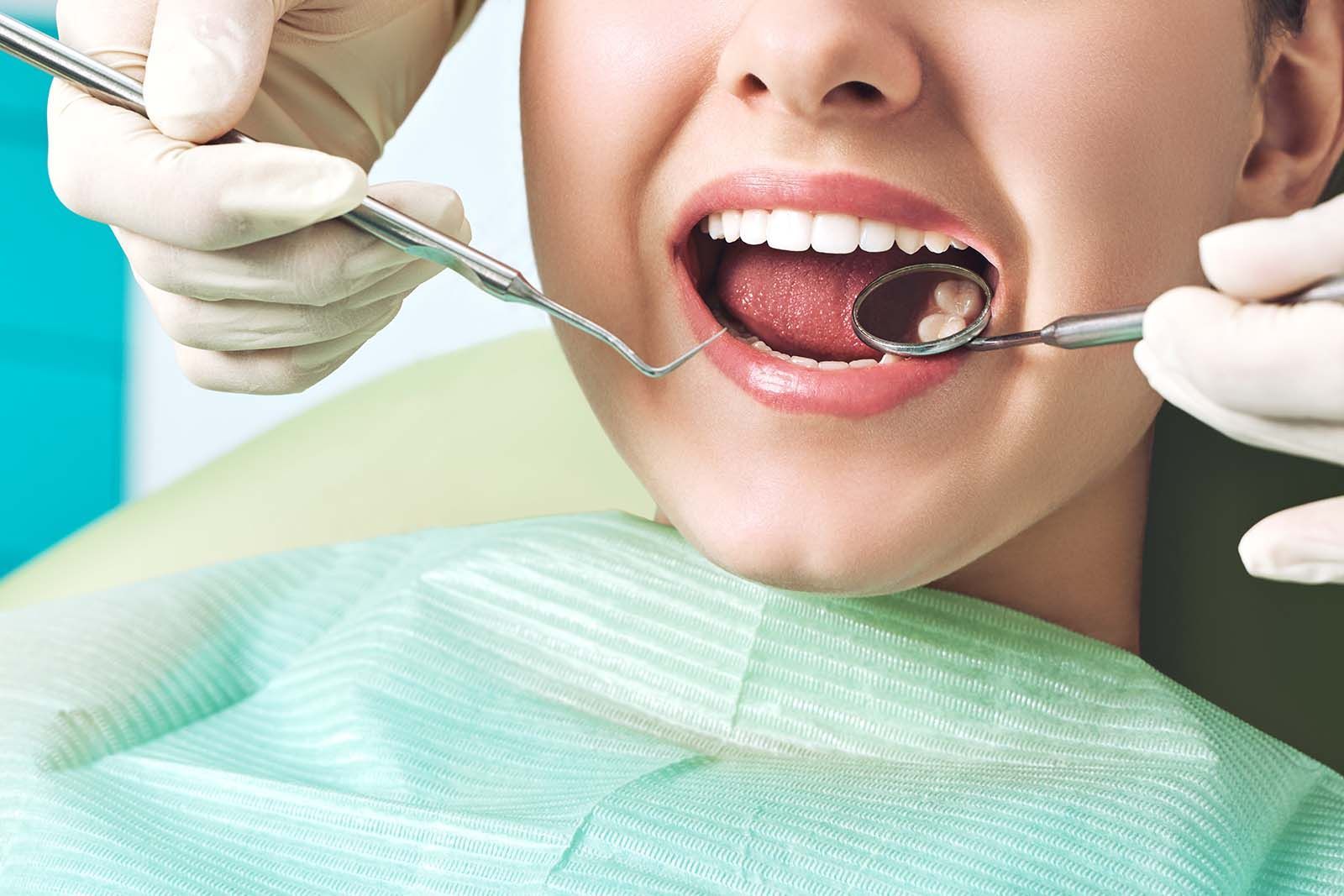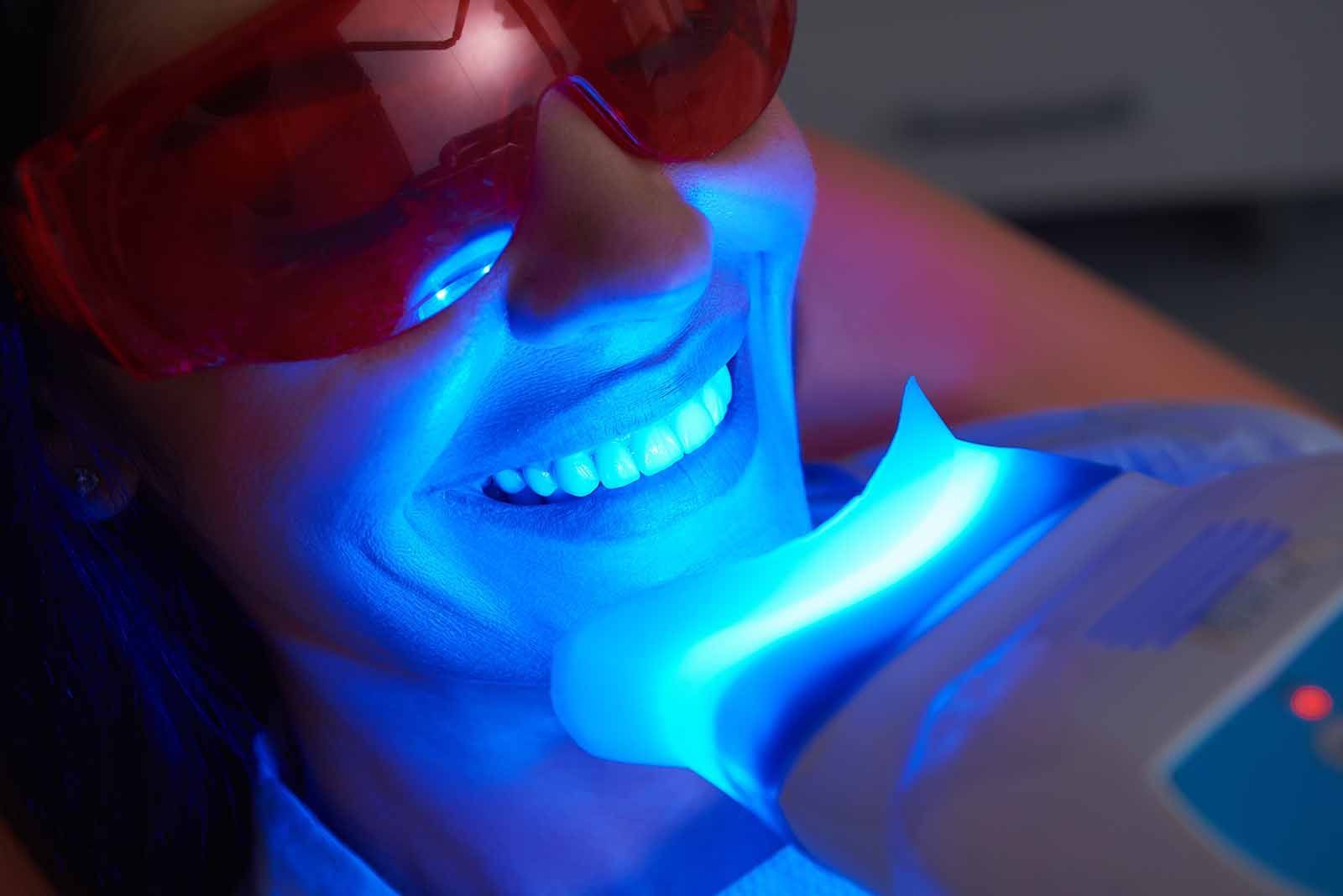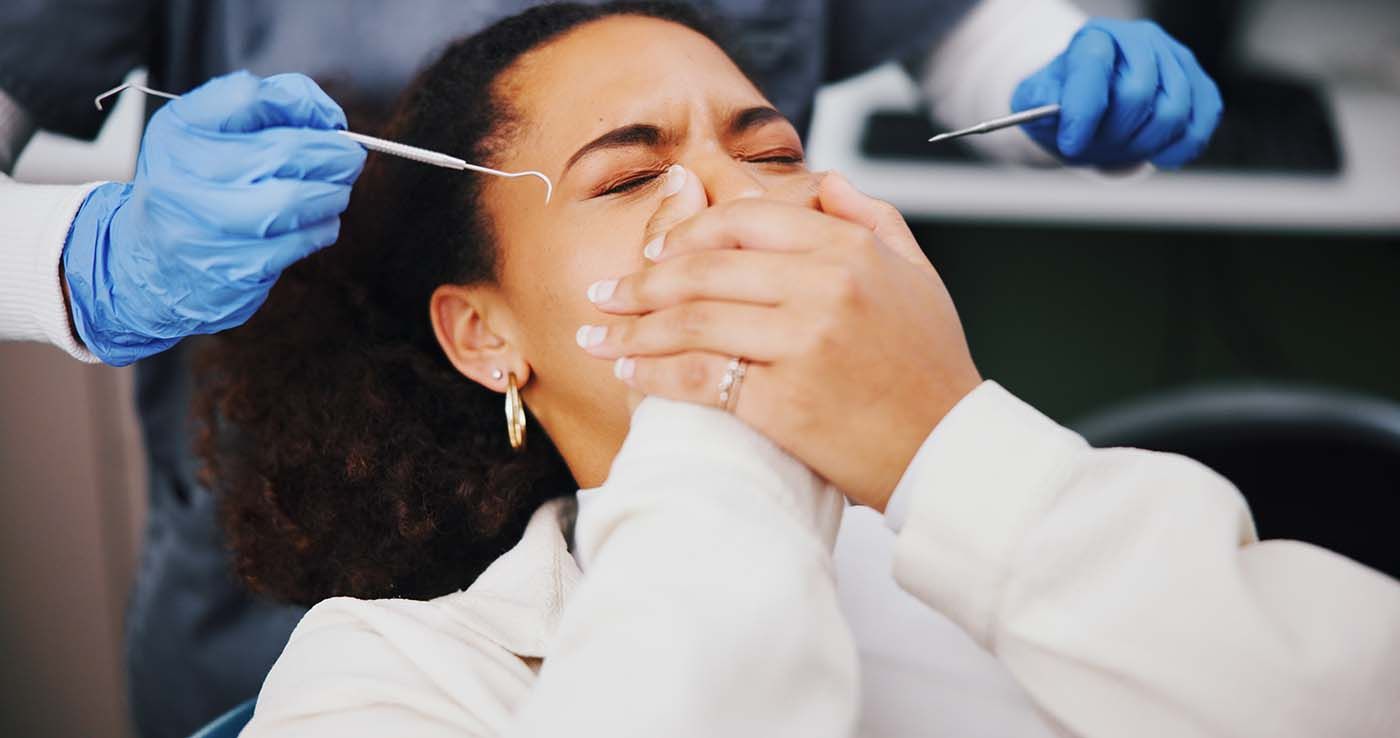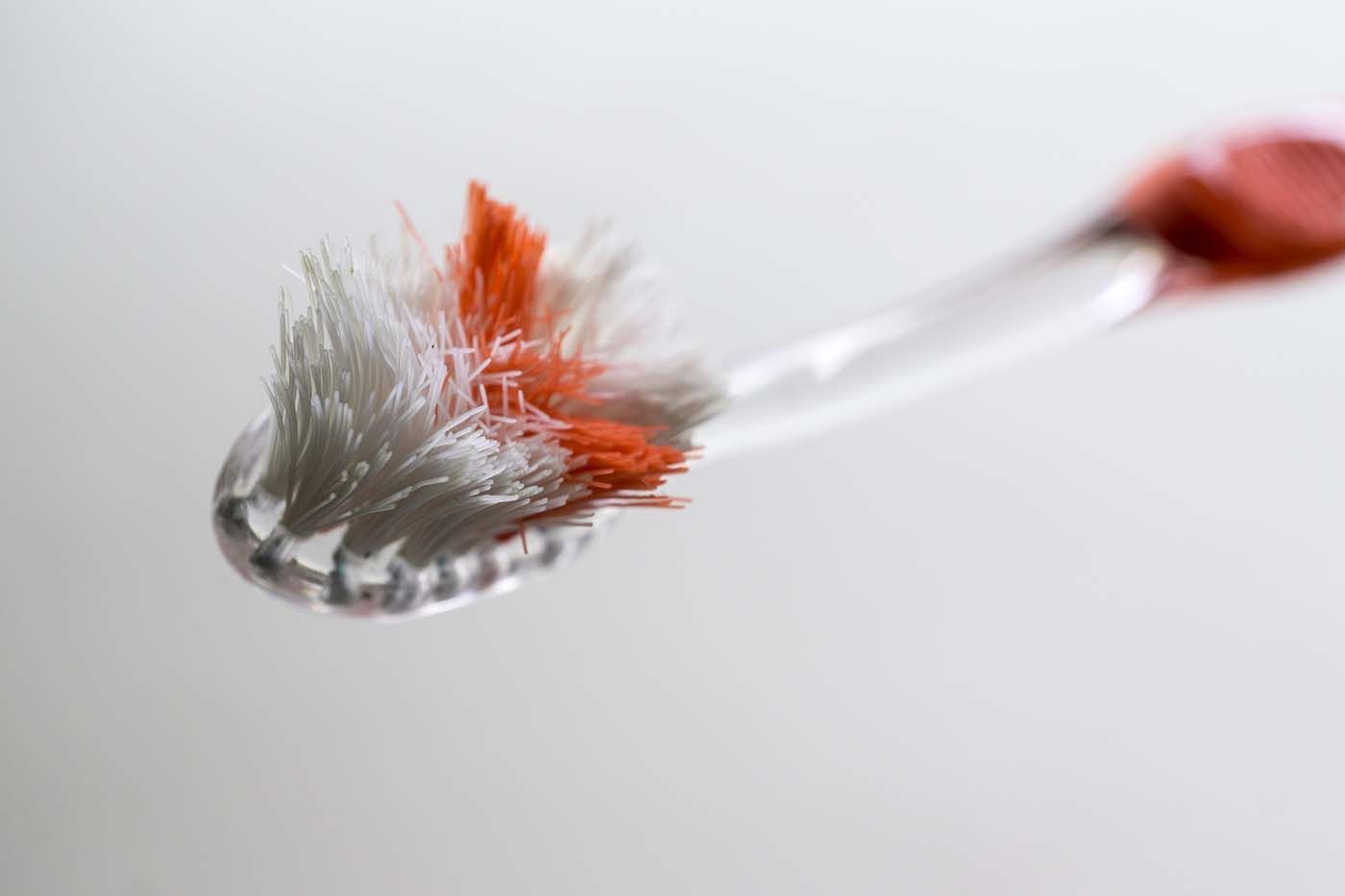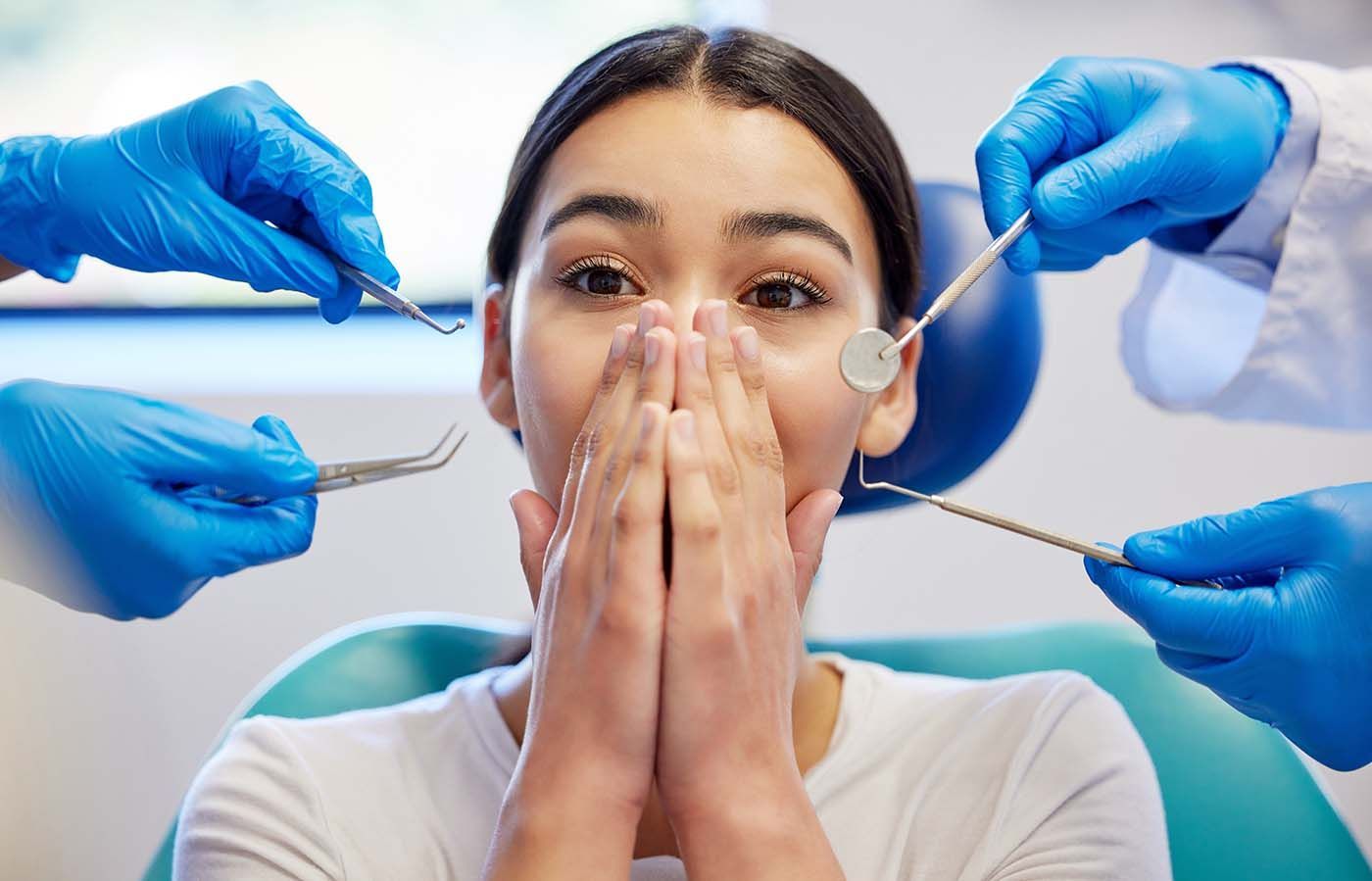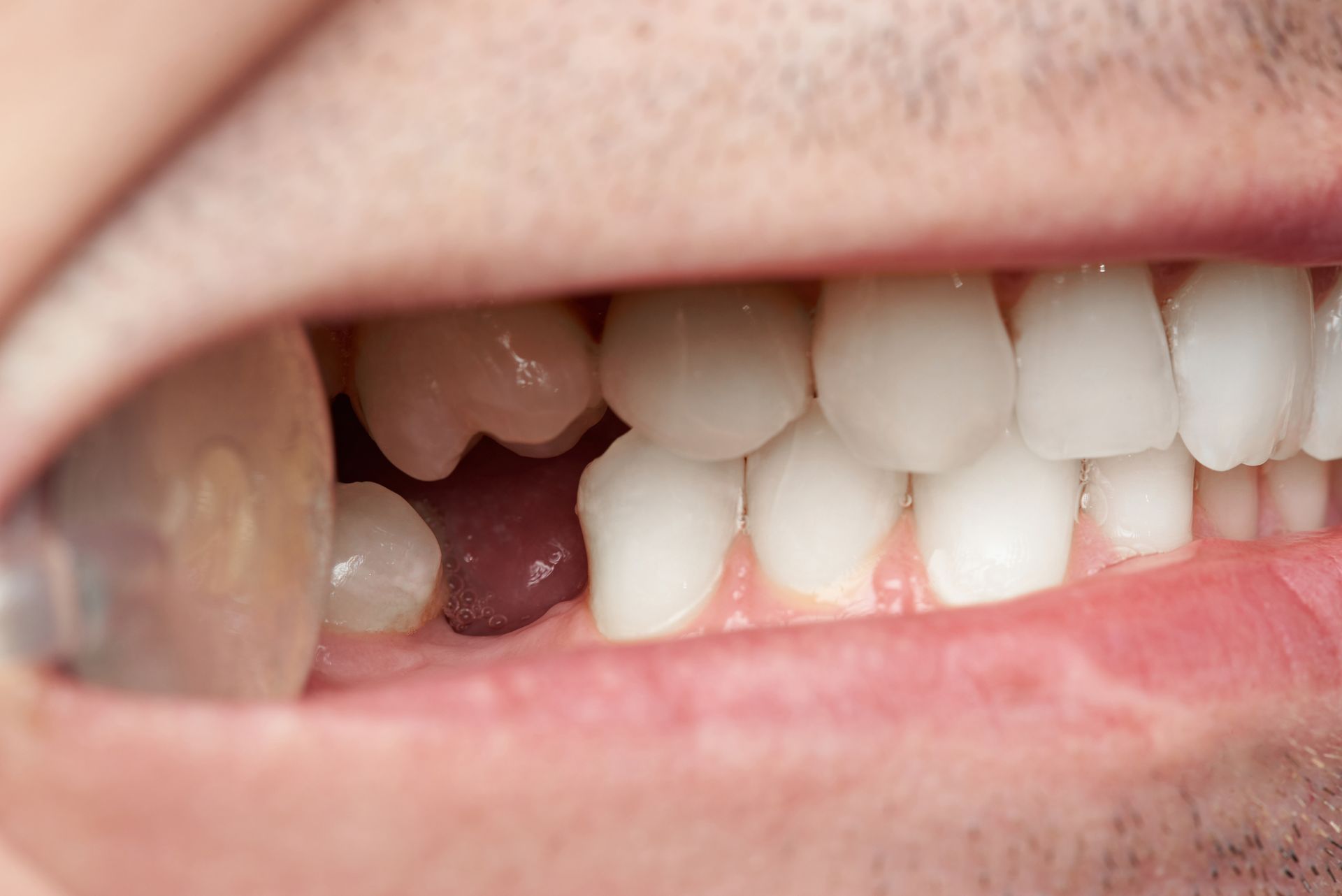Understanding the Different Types of Dental Crowns
There are a few main types of dental crowns — porcelain, ceramic, metal, porcelain-fused-to-metal (PFM), and zirconia. Each one has its own strengths.
Porcelain and ceramic crowns look the most natural, while zirconia and metal crowns are the most durable. The right choice depends on where the tooth is in your mouth, how it looks, and how much strength it needs.
What Is a Dental Crown and Why You Might Need One
A dental crown is like a custom-made cap that covers and protects a damaged tooth. Think of it as giving your tooth a new outer shell that looks and feels just like the real thing.
Crowns are often used to:
- Strengthen a tooth that’s cracked, worn, or weak
- Cover a large filling
- Protect a tooth after a root canal
- Improve the appearance of a discolored or misshapen tooth
At Dr. Colleen L. Catera, DMD, every crown is designed to look natural and fit comfortably, blending in perfectly with your surrounding teeth.
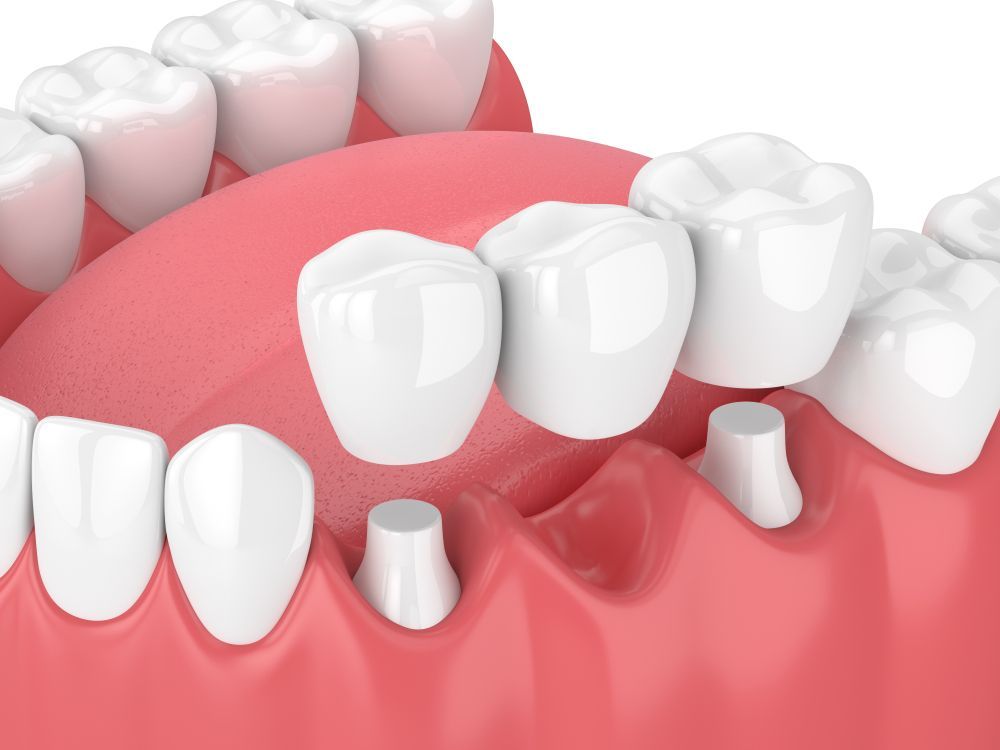
The Different Types of Dental Crowns
Let’s look at the most common options so you can better understand what might work for you.
Porcelain Crowns
Porcelain crowns are popular for front teeth because they look very natural — the color, shine, and translucency are similar to real enamel. They’re a great cosmetic choice, but they may not be quite as strong as some other materials used for back teeth.
Ceramic Crowns
Ceramic crowns are metal-free, making them a good choice if you have metal allergies or prefer a completely natural look. They’re strong and beautiful, suitable for both front and back teeth.
Metal Crowns
Metal crowns (made from gold or other metal alloys) are incredibly strong and long-lasting. They’re great for molars that do most of the heavy chewing, though their metallic color means they’re typically used for back teeth rather than visible ones.
Porcelain-Fused-to-Metal (PFM) Crowns
PFM crowns combine the best of both worlds — a strong metal base underneath a layer of porcelain for a more natural look. They’ve been used successfully for many years. Over time, a thin metal edge might show near the gumline, but they remain a dependable option for many patients.
Zirconia Crowns
Zirconia crowns are one of the newest and most advanced types. They’re digitally made, extremely strong, and still look very natural. Zirconia is often the go-to choice when you want both durability and great appearance.
How to Choose the Right Crown
The “best” crown really depends on your tooth and your needs.
- Front teeth often look best with porcelain or ceramic.
- Back teeth that handle a lot of chewing might benefit from zirconia or metal.
- If you have sensitive gums or metal allergies, all-ceramic or zirconia crowns are great options.
During your visit, Dr. Catera will explain each material, show you examples, and help you decide what’s right for you based on your smile goals and budget.
She may also take digital dental X-rays to make sure the tooth underneath is healthy and ready for the crown.
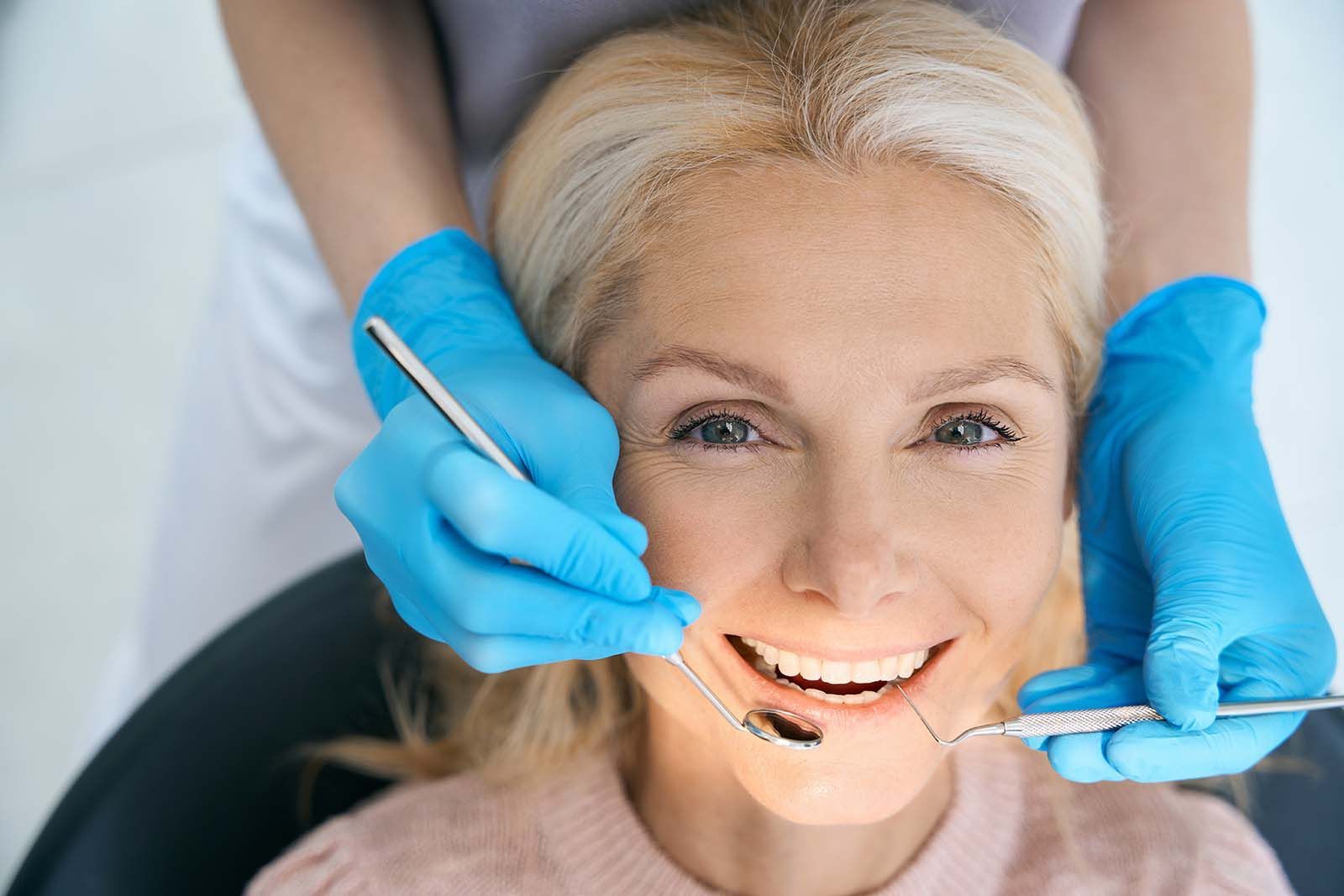
What Happens When You Get a Dental Crown
Here’s what you can expect from start to finish:
- Consultation – You’ll talk through your concerns and goals with Dr. Catera.
- Tooth Preparation – The tooth is carefully reshaped so the crown will fit securely.
- Temporary Crown – A temporary crown protects your tooth while your custom one is made.
- Permanent Placement – Once ready, the new crown is cemented in place, adjusted for comfort, and polished to look natural.
You can learn more about the process on our Dental Crowns page.
How to Take Care of Your Crown
Dental crowns don’t require special care — just good oral habits:
- Brush twice a day with a soft toothbrush.
- Floss gently around the crown to keep gums healthy.
- Avoid biting on hard foods like ice or nutshells.
- Visit your dentist regularly for cleanings and checkups.
Dr. Catera and her team will show you how to keep your crown and natural teeth in great shape. For more on preventive care, visit our General Dentistry Long Island page.
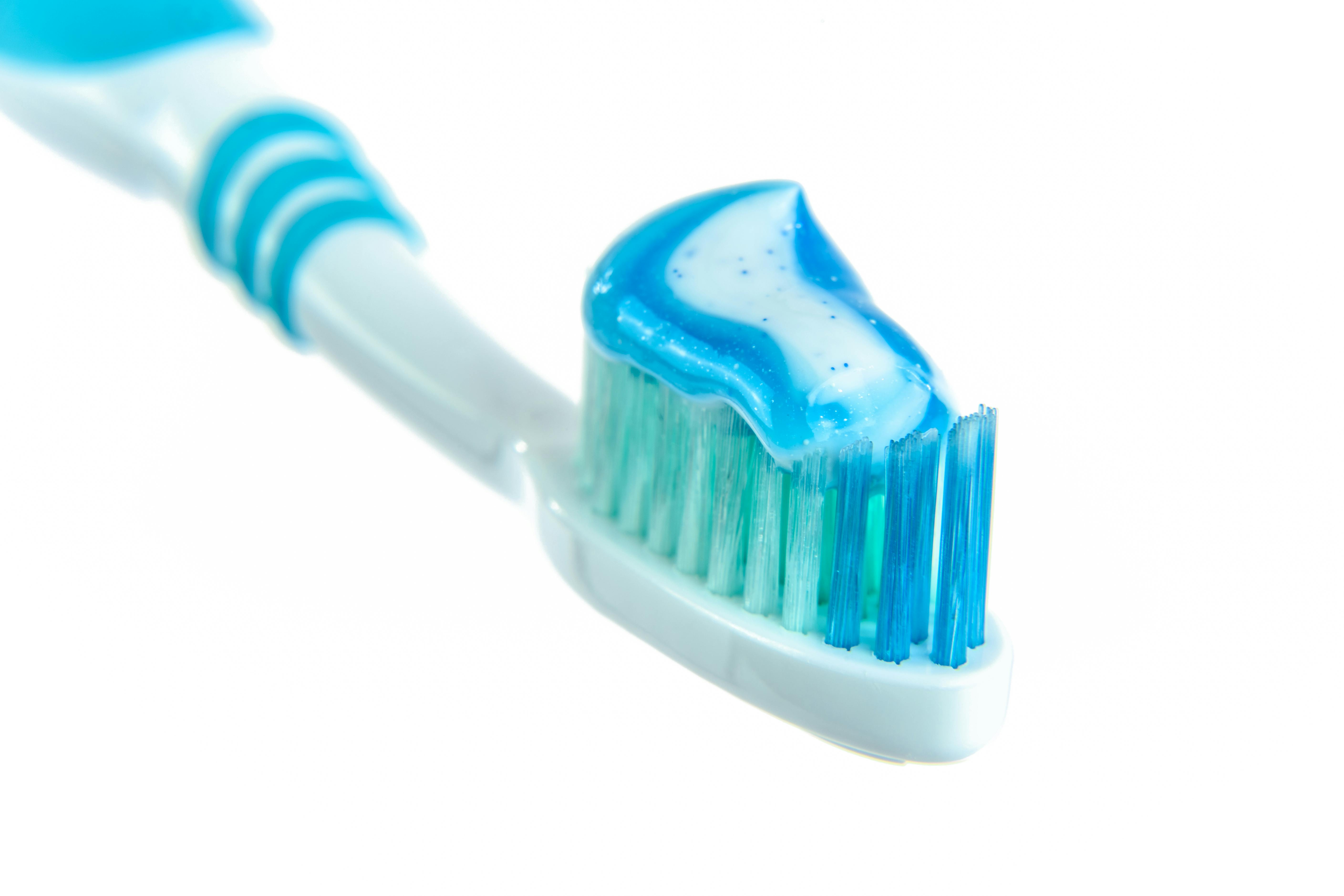
Frequently Asked Questions About Dental Crowns
How long do dental crowns last?
With regular brushing, flossing, and cleanings, crowns often last 10 to 15 years or more. Zirconia and metal crowns usually last the longest.
Will my crown look natural?
Yes. Porcelain and ceramic crowns are color-matched to blend in with your surrounding teeth.
Does insurance cover dental crowns?
In most cases, yes — especially when the crown is needed to protect a damaged tooth. Our team can help check your coverage before treatment.
Can you replace an old crown?
Absolutely. If an old crown feels loose, looks worn, or doesn’t match your smile, Dr. Catera can replace it with a modern, natural-looking crown.
Is a dental crown procedure painful?
No. The area is numbed with local anesthesia, and most patients say it feels similar to getting a filling.
A Comfortable, Compassionate Approach to Restoring Smiles
Dr. Colleen L. Catera, DMD, provides a warm and welcoming environment for patients throughout Babylon and Suffolk County, NY. Her focus is always on helping you feel comfortable and confident in your care — whether you need a single crown or a full smile restoration.
Office Address:
1 John St Suite 206, Babylon, NY 11702
Phone:
(631) 422-6901
Ready to restore your smile with a custom dental crown?
Schedule a consultation with Dr. Colleen Catera, DMD, and let’s find the perfect option for your needs.
Contact Us Today →
